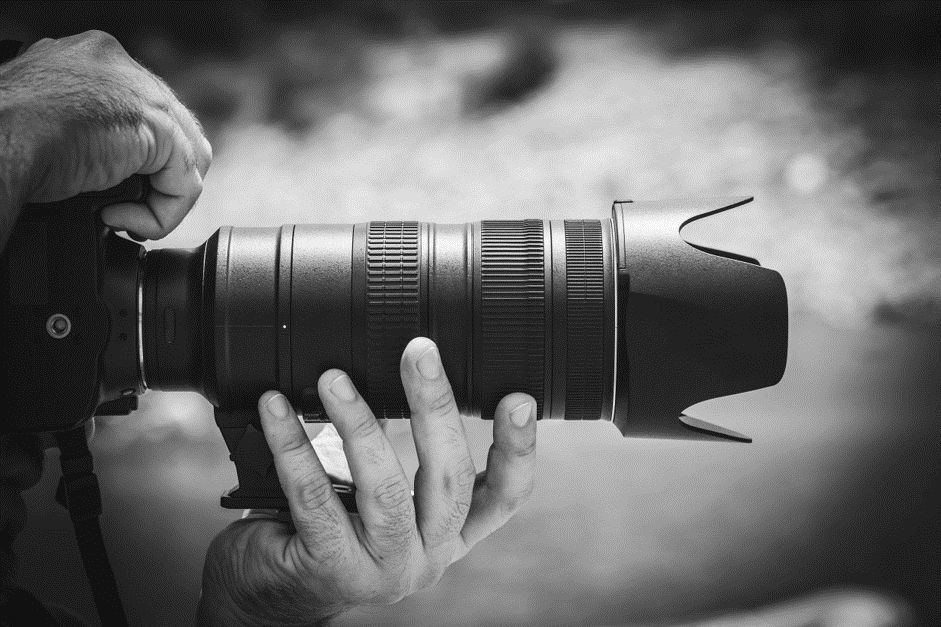Birders around the world are finally waking up to the fact that Digiscoping is the best way to see – and capture – those rare specimens. What many of us don’t know, however, is exactly how to go about setting up this innovative technology for ourselves.
We put together this short guide to help you through the process of first time digiscoping. Those of you who want to know how to use digiscoping adapters for DSLR and Smartphones – listen up! This is the place where you learn how!
Why Digiscoping?
Digiscoping is a developed idea from the field-fix all bird watchers know… When you hold your camera or Smartphone up to your binoculars and snap a quick shot for ID purposes. Someone had the great idea of inventing Digiscoping by replacing the binocular lens with an actual camera lens[1], designed to do that very job. Not long afterward a range of Digiscoping Adapters were invented, capable of connecting the lens to the camera… or camera-phone, as the case may be.
In short: digiscoping allows you to get the up-close-and-personal nature and wildlife shots that you want, without approaching and scaring it away. It is also recommended technology for photographing wild animals, since it allows you to take the shot, without being in physical danger.
How to Use Digiscoping with DSLR Cameras
For this, the key is steadiness. The more secure your camera is, the better the shot will be. No matter which scope you use, a T-ring adapter will work best to keep the focal plane aligned with your zoom level.
All you need to do is make sure that the digiscoping adapter you use is steady and solid. A crisp, clean shot is not possible if you are moving around or if the scope is fiddley. We suggest a tripod at all times for digiscoping as the steadiness gives you dual stability when shooting.
If you are still confused, this article in Bird Photography Life, has some great explanations.
How to Use Digiscoping with Smartphones
Using a digiscope adapter you can turn your Smartphone into an enviable close-up camera. Many birdwatchers choose to use a 420 mm telescope and a digiscoping adapter that allows the phone to securely attach to the spotting end. Since the phone is mounted, stability is not quite as much of an issue. That being said, the telescope (or other scope) is best placed in a tripod for ease of use.
Remember: the stability of the whole setup will make or break your shot. Even a brand-new photographer can get a semi-decent shot when their digiscoping adapters and cameras are steady enough.
Digiscoping Homework
Whether you are new to this hobby or whether you are playing around with new scopes: Universal Adapters are your best bet for a smooth experience. You can also pick up adapters that are designed specifically for your phone or DSLR camera. These are excellent too but may cost you that little bit more.
Try it for yourself! Play around with both cameras and scopes and let us know how you get on. We are confident that a steady hand can’t substitute for a steady adapter… prove us wrong.
[1] https://irelandswildlife.com/universal-digiscoping-adapters/





Like this article? Share with your friends!